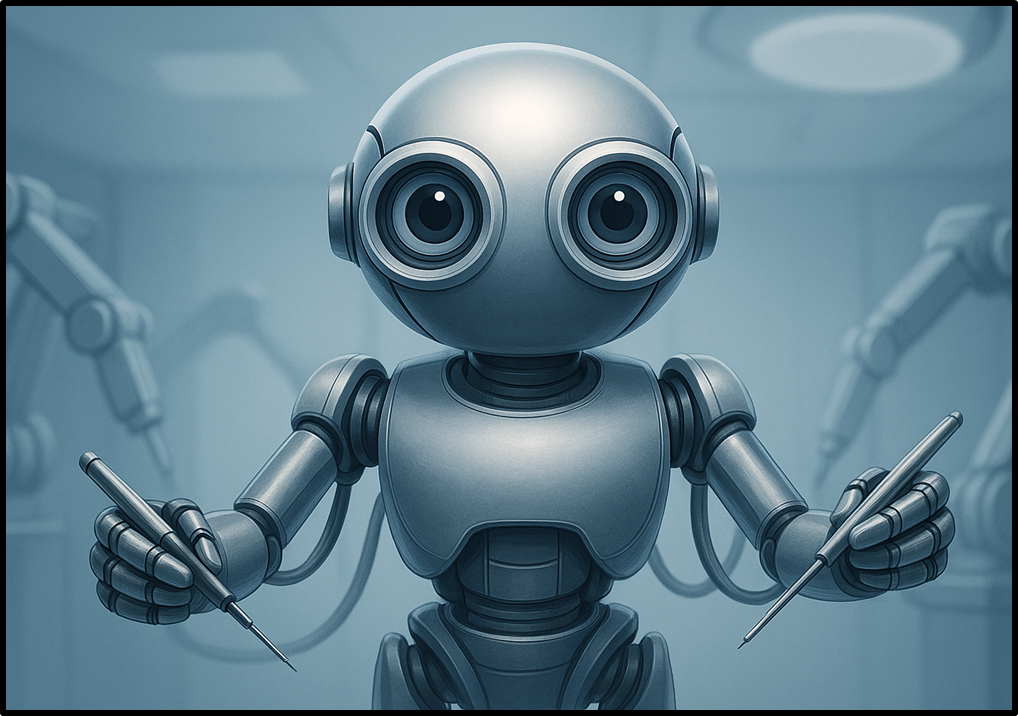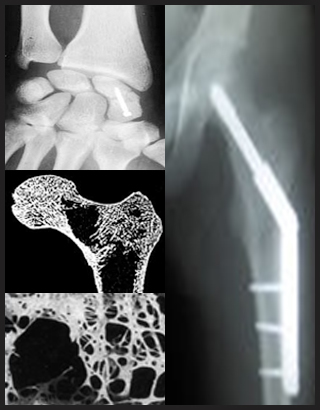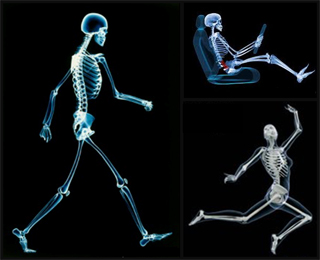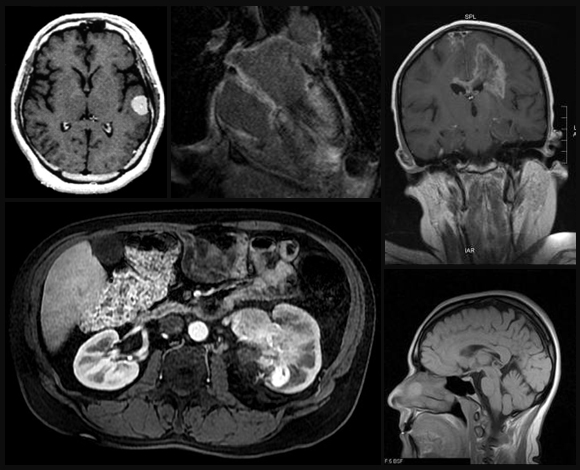
SMART INTELLIGENCE MECHANICAL SYSTEMS (SIMS)
- Development of Smart Intelligence Mechanical Systems
- Development of Human-Machine Interaction for Surgical Simulation Platforms
- Mechanical Learning and Adaptive Control Frameworks
- Applications in Surgical Operation, Manufacturing, and Training
The Smart Intelligence Mechanical Systems (SIMS) framework explores the next generation of intelligent mechanical designs that integrate sensing, precision control, and adaptive mechanisms within a unified platform. These systems are developed to enhance mechanical responsiveness and operational autonomy while maintaining direct human-centered control and safety.
The research aims to design compact mechanical systems that serve as both surgical operators and training simulators, advancing the physical understanding of intelligent motion and feedback-driven control. By combining analytical modeling, mechanical sensing, and adaptive operation, SIMS provides a foundation for future intelligent platforms across surgical, manufacturing, and educational applications.

ANALYSIS OF SURGICAL TECHNOLOGY
- Development of Measurment Technique for Biomaterial Properties
- Mechanical Analysis of Bone Drilling (details)
- Thermal Analysis of Bone Drilling (details)
- Deep-Hole Bone Drilling with Applications to Neurosurgery
- Design of Surgical Tools and Devices (details)
Bone drilling is widely used in many orthopaedic surgery procedures, including those for correcting bone fractures and for joint implantation. Relatively high forces and temperatures experienced during bone drilling can cause significant damage to the bone, such as, and cell death (osteonecrosis). Therefore, a thorough understanding on and predictive thermo-mechanical models for the bone drilling process are needed. The main objective of this research is to develop mechanical and thermal models for the bone drilling process with applications to orthopaedic surgery. A comprehensive investigation including analysis, modeling, and experimentation of thermo-mechanical aspects of bone drilling was performed for the bone drilling process with applications to orthopaedic surgery. The models will enable prediction of drilling forces and temperature distribution in the bone for given drill-bit geometry, drilling conditions, and material characteristics of the bone. The ultimate goal is to improve the outcome of surgical procedures by reducing iatrogenic trauma and invasiveness of the procedure. The oucomes of this research can be applied to robotic surgeries, medical devices, and/or virtual training program for surgeons with applications to surgeries (e.g., orthopaedic surgery, orthodontic srugery, facial surgery, and neurosurgery, etc.).

HUMAN MOTION ANALYSIS
- Human Motion Coordinataion (details)
- Eye-Body Coordination (details)
- Analysis of Human Posture for Rehabilitation (details)
Fundamental understanding of human performance could be a strong basis for medical rehabilitation and ergonomics, and even for design of mechanical systems and medical devices. In this study, human motor and sensory performance was comprehensively investigated through analysis, modeling, and experimentation. Biological knoweldge of human body funcations was studied to examine the relationship of body functions in human performance. Various human postures were investigated through physiological and biomedical analyses with applications to medical rehabilitation. In addition, human body coordination was investigated under vibration environments since dynamics of vibration environments induce human movement alterations, which result in delayed and/or inaccurate control. The objective of this project was to model human coordination and to predict dynamic behaviors of body movements under vibration exposure. To evaluate the biomechanical behavior of human body limbs, reaching activities was examined under ride motion exposure, observing the movement time and the reaction time for operators from motion recordings. Based on the analysis of the dynamic behaviors from various human subjects, similar postures of the subjects were analyzed when reaching a target, aiming to suggest an optimal location for a target display. This study can be applied to the field of ergonomics, such as workplace design, and/or display design in vehicles.
